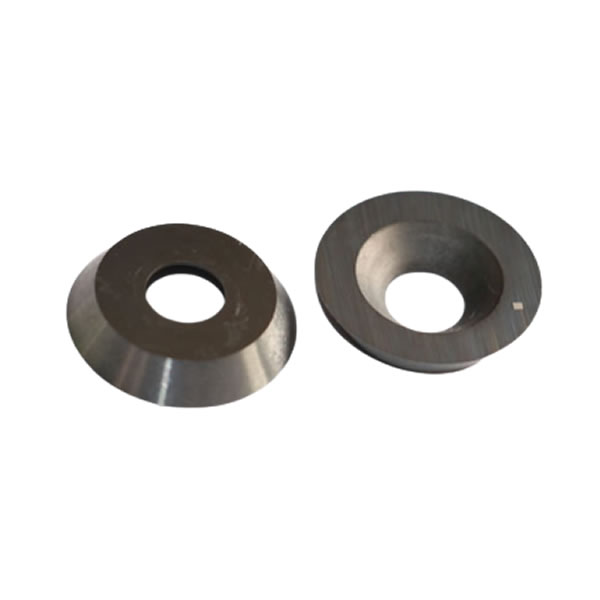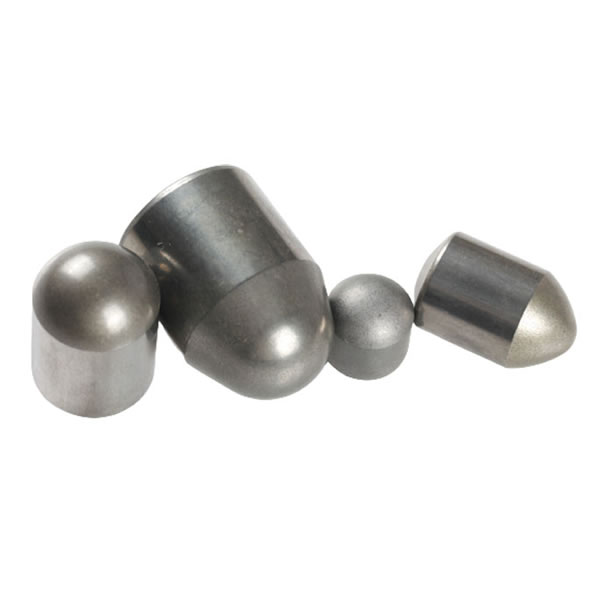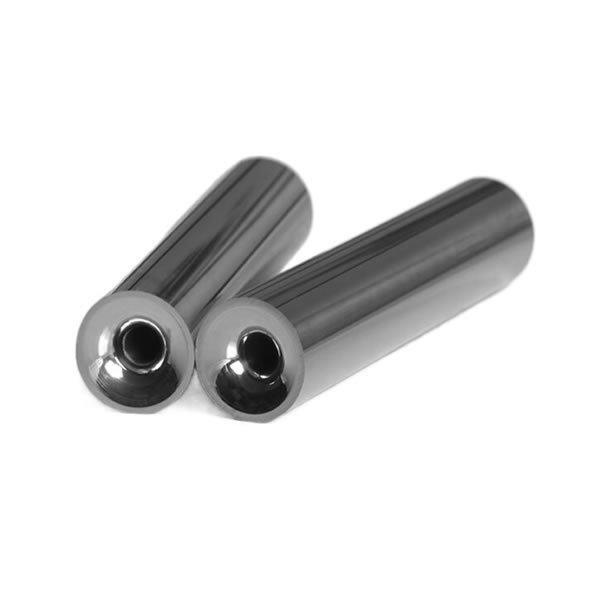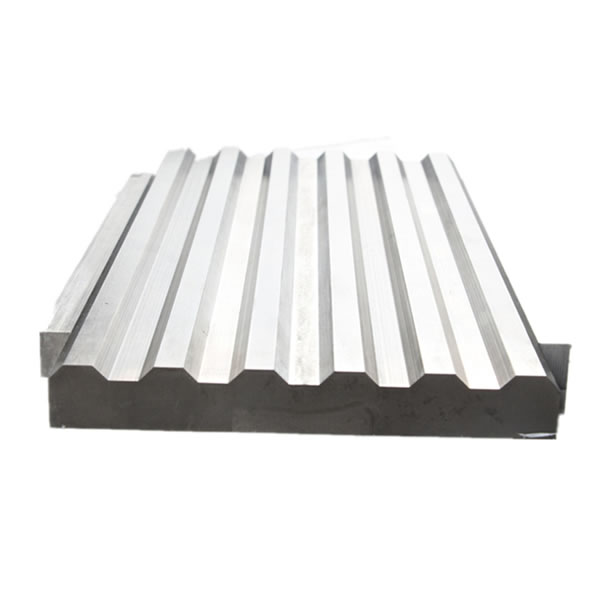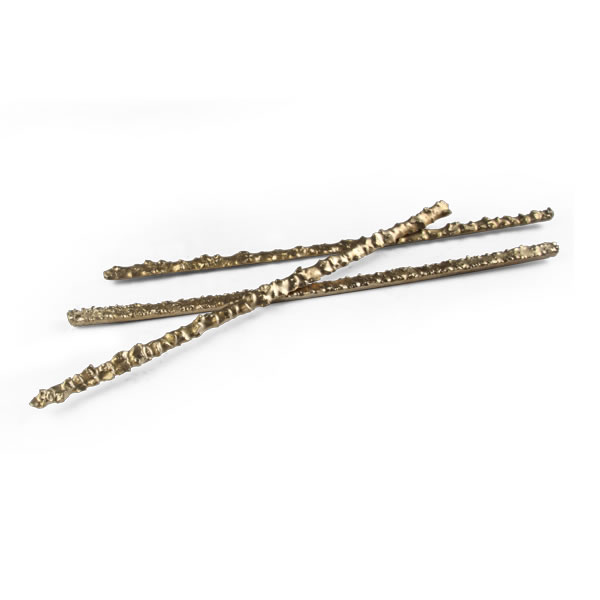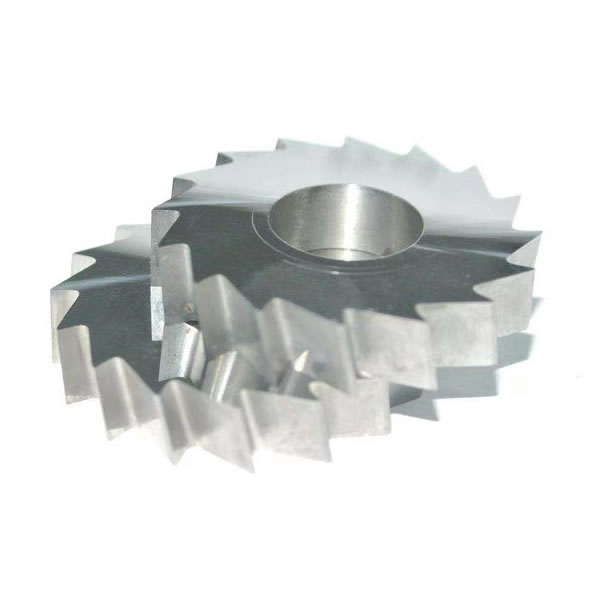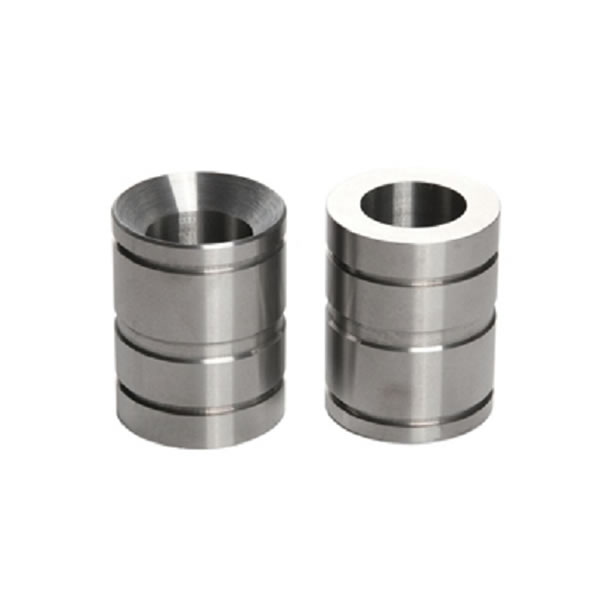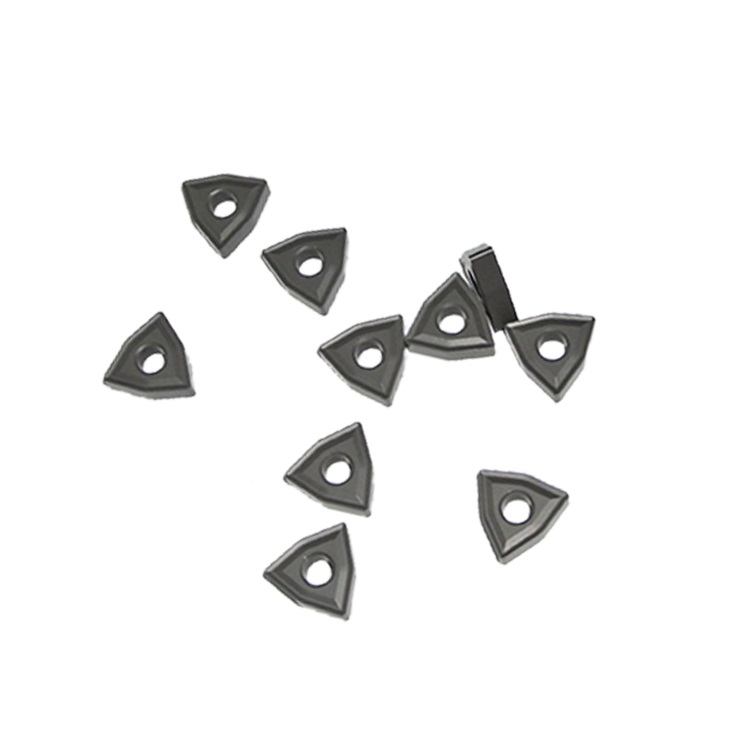
The commonly used types of Y carbide cutting tools are YT --- tungsten cobalt titanium alloy products, YW -- tungsten cobalt titanium and tantalum alloy products, and YG -- tungsten cobalt alloy.
1. YG is a tungsten-cobalt alloy. YG6 is generally suitable for rough turning during continuous cutting of cast iron, non-ferrous metals and their alloys and non-metallic materials, and semi-finishing and finishing turning during intermittent cutting.
2. YW is a tungsten-titanium-tantalum-cobalt alloy. YW1 is generally suitable for processing heat-resistant steel, high manganese steel, stainless steel and other difficult-to-machine steels, ordinary steel, and cast iron. YW2 is stronger than YW1 and can
withstand larger loads.
3. YT is a tungsten titanium cobalt alloy. For example, YT5 is suitable for rough turning, rough planing, semi-finish planing, rough milling, and drilling of discontinuous surfaces of carbon steel and alloy steel during intermittent cutting.
In addition, cemented carbide cutting materials include:
a---Ceramics: generally can be dry cut, with lower bending strength, but very high red hardness. When the temperature reaches 1200 degrees Celsius, the hardness is still as high as 80HRA. It is mainly suitable for processing steel, cast iron, stainless steel, hardened alloy parts, and Precision milling of large flat surfaces, etc.
b---Diamond: Generally, it is the artificial polycrystalline diamond, which is generally used for processing pistons, cylinders, bearings, boring, etc.
c---Cubic boron nitride: Its hardness is slightly lower than artificial diamond, but its thermal stability and chemical stability to iron are higher than artificial diamond, so it can be used to process various black metals, such as hardened tools Steel, mold steel, chilled cast iron and cobalt-based and nickel-based superalloys with a hardness above 35HRC.







